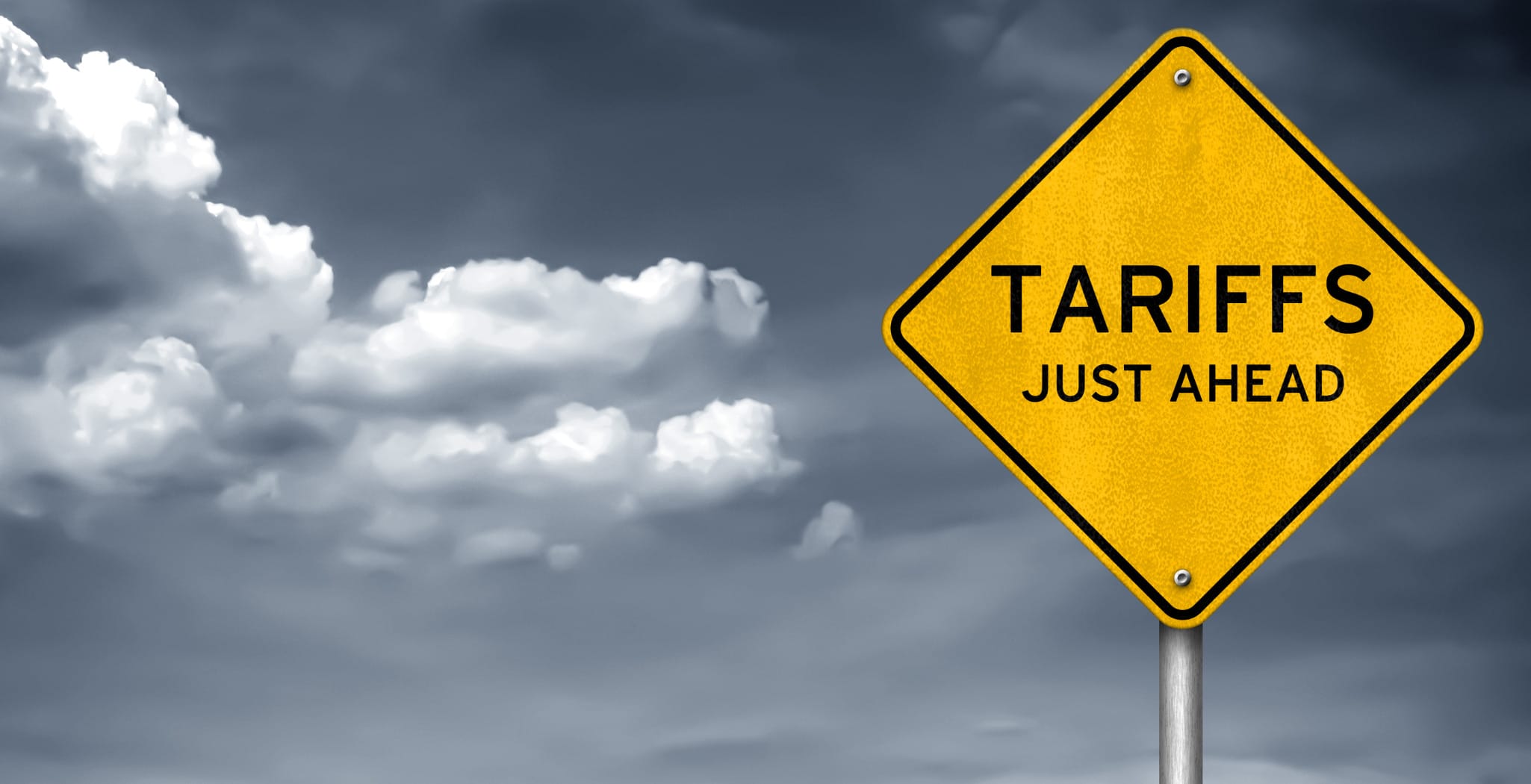When comparing China and Mexico as contract manufacturing destinations it is important to consider key factors like labor costs, geopolitical stability, trade agreements, infrastructure, cultural differences, and regulatory environment. Determining the greatest advantages or Pros and Cons between China and Mexico for manufacturing depends on specific priorities. China often offers lower labor costs and a well-established supply chain, while Mexico provides proximity to the U.S., lower shipping costs, and a trade-friendly environment.
Assessing your company’s priorities, such as cost, proximity, and market access, will always come down to sound financial analysis to determine which advantage aligns best with your contract manufacturing strategy. As of 2022, China historically had lower labor rates compared to Mexico. However, labor costs are dynamic and can change over time due to various factors, including economic conditions and government policies. Carrying cost (of capital) for larger minimum order requirements (MOQs) and longer lead times are the most crucial levers.
Mexico has a diverse range of manufacturing industries including automotive manufacturing, electronics, medical devices, textiles, and food and beverage processing. The country’s strategic location, trade agreements, and skilled workforce contribute to its prominence in these industries, making Mexico an attractive destination for these manufacturing sectors. However significant consideration must be given to a country’s local resources for components that go into finished goods. Many electronics components for example begin in China and SE Asia.
Efficiency and quality in manufacturing can vary based on specific industries and companies. China has long been known for its manufacturing efficiency and large-scale production capabilities. Mexico is often recognized for its proximity to the U.S., which can reduce shipping times and costs, leading to improved efficiency in supply chain logistics.
In terms of quality, both countries have manufacturing facilities capable of producing high-quality products. It ultimately depends on the specific industry, the company’s practices, and the standards they adhere to. Assessing a manufacturers’s reputation, quality control measures, and certifications can provide insights into the production quality in both Mexico and China. Doing this using only the internet isn’t enough. Only on-site audits and meetings with local personnel provide the most transparent insight into these areas.
Assessing these elements will help your company make informed decisions for an efficient and cost-effective contract manufacturing strategy. Going it alone is adding too much risk and uncertainty. Developing and tracking a checklist of critical information which includes references should be the starting point for a sound and successful supply chain practice and should take place in person.
Contact Us







Follow Us